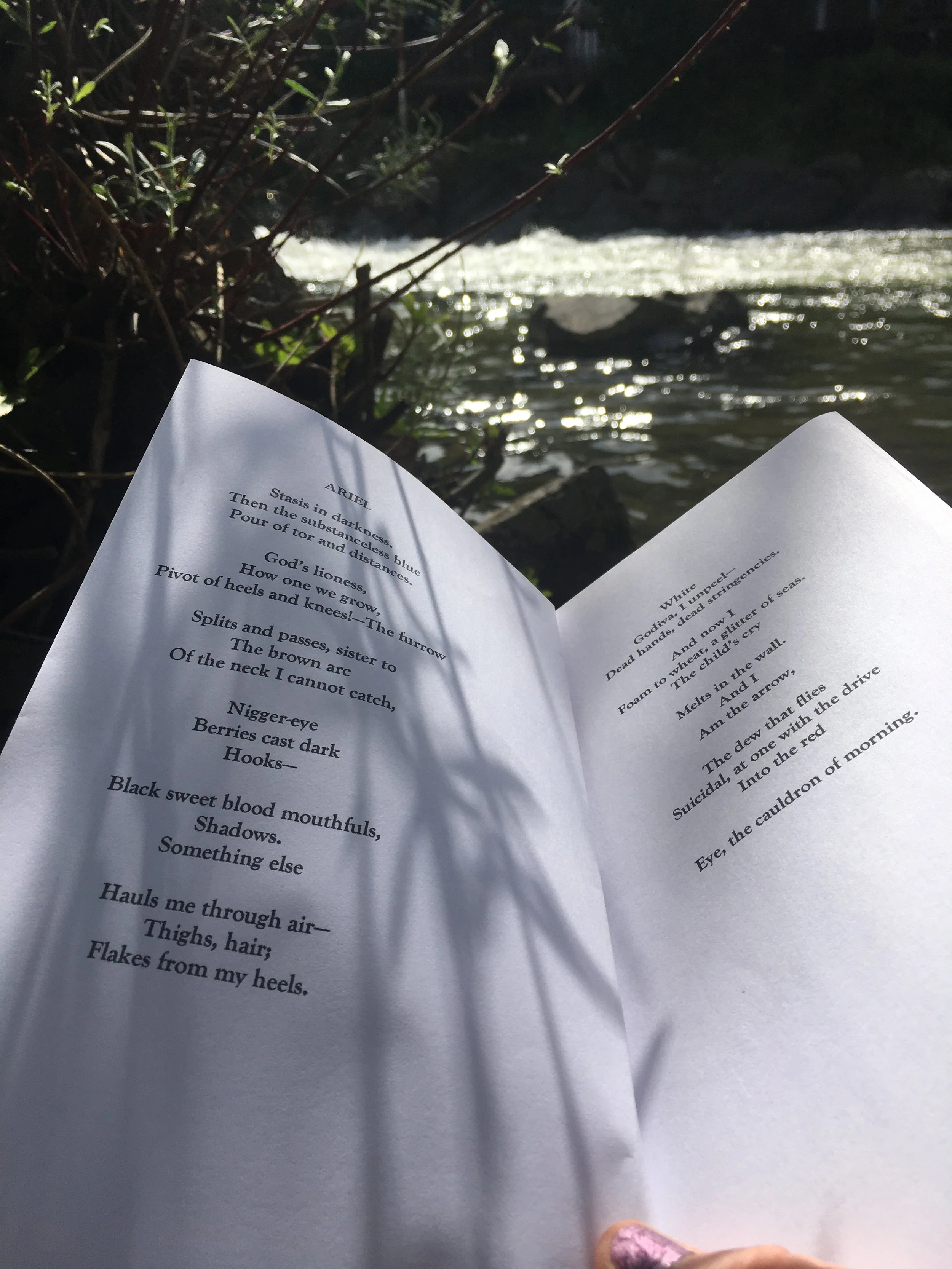Anger, and the Roar of the Wild Writer
/Dear Writers, carriers of story, crafters of words, metaphorical creatures, wild ones,
There are a few basic guidelines about putting anger, or indeed any strong emotion, on to the page.
1. Don’t use the word ‘anger’ itself, it’s weak because it’s rather abstract. It isn’t felt strongly in the body of the reader or listener. It’s also on the edge of cliché, just through being used so often in general parlance.
2. Do use body sensations to communicate the experience (e.g. heat rising in specific parts of the body.)
3. Do use symbols that show anger through behaviour, for example the way someone speaks, or their clothing choices. Perhaps you have a character that always, unconsciously, wears a certain colour clothing when they’re angry. (I once had a psychotherapy client who did just that.)
4. The word ‘anger’ is really shorthand for many more unique and interesting experiences. So, work out what you mean.
There are many ways to slice an apple of course, but evolutionary- speaking, you might, as a starting point, find it helpful to think of these three distinct types of anger:
- Activation of the stress response originally designed for fight or flight, for survival. A physical reaction, with characteristics common to all human beings (the blood goes to the limbs, adrenaline is released into the system etc.)
- A socially engineered way of controlling subservient members in a society or group. The effect is more considered.
- ‘Rage’ – a seeming loss of control, a distinctly human animal strategy for bluffing other animals into believing we are more powerful than we really are.
The physical experience, thoughts and behaviours of your character/narrator will be very different, depending on what type of anger you’re talking about.
So, there you go- some rules to hold on to :-)
But of course, as soon as we have rules, they become an albatross around our necks.
Oh no, there’s not enough anger in my story! Oh no, there’s too much anger! Oh no, I used the word ‘anger’ twice on this page!
We begin replacing things we felt we were doing ‘wrong’, with ideas of how to do things ‘right’. Whatever the rules we set up for ourselves, they can keep us in anxious loops of thinking, and we stop reacting to the immediacy of the moment in the writing process.
My favourite way out of that loop is to allow ‘the natural storyteller’.
Jonathan Gottschall says that most stories in any form (including dreams and watching sporting events!) are about problems to be solved, a rehearsal of strategies for life. So, pretty every story you write, or tell, will automatically contain ‘anger’ on some level. It might just be simmering frustration, or it might be all out war, but it will be there. You don’t need to put it in, you just need to mine what’s already present.
The thing about anger, for human beings, is that if it feels too big inside us, we get scared and clamp down on it in the body, in order not to feel it. It’s hard to put something on the page that you can’t yourself feel.
So, your primary job as a wild writer, I would say, is to train to learn not to fear the feeling of your own embodied anger. Once you can contain it, you can channel it on to the page.
In a healthy plot, as in a healthy human being, anger is there to spur action. When, as writers, we have confidence that we can manage our anger, then the actions that arise from our characters’ emotions are effective in terms of the plot purpose at that moment.
That doesn’t mean that as the writer, we need to just dive directly into the heart of feeling every strong emotion. Our body and minds will take us to the core of it, via a clever process of going round the houses.
Another name for this very clever process, can be procrastination.
When our nervous system is in danger of being overwhelmed by strong emotion, our body-mind takes us away from contact with that, in order to bring the overwhelm down. Many of the things it does involve turning towards the senses. We taste a cup of tea, we eat, we wash up, we make a list. Sound familiar? Once our system is grounded, we can return to making more contact with the strong emotion.
Enjoy the anger, and the procrastinating on the anger, dear writers-in- the-wild.
This is the lead article from the May Newsletter. If you’d like to receive the writing prompt that accompanies this article, sign up on the website homepage, for the Monthly Newsletter.
I’d be delighted to hear about your experiences of working with, and writing about anger. You can comment below, write in the Facebook group, or contact me privately via bridgetholding@wildwords.org












We unpeel those layers that have attached themselves over time, by finding word portals back to a freshness of thought and expression.